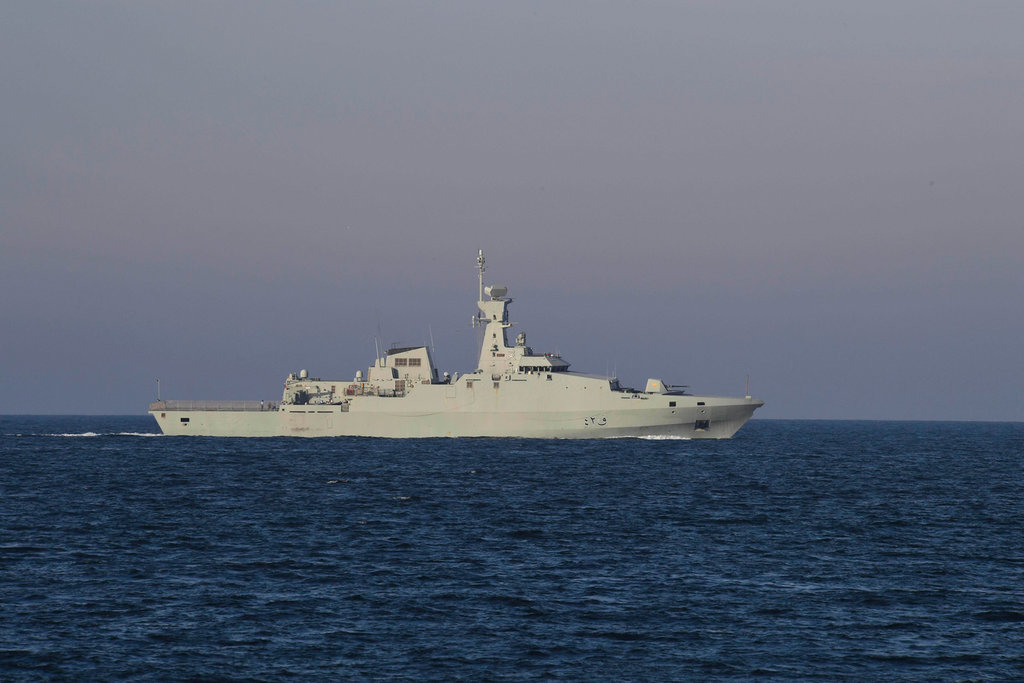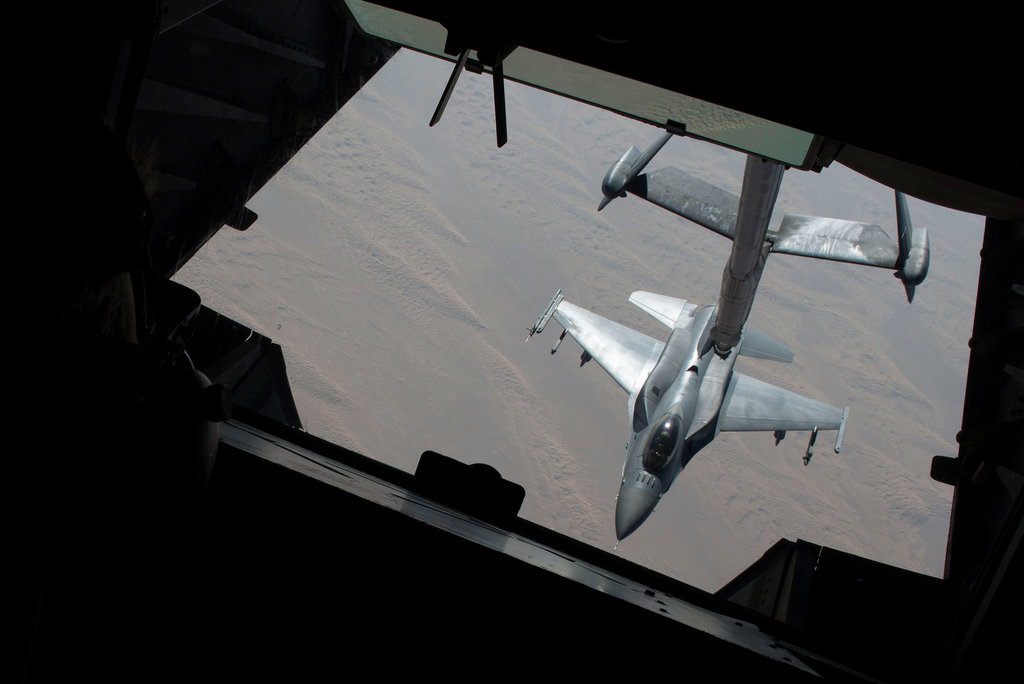Feature
Oman’s defence budget balance
The Sultanate of Oman’s defence budget will recover to $8.2bn by 2028, but that will still be below the 2019 high of £9.2bn. Richard Thomas reports.

Oman’s near-term focus will be investing in land domain capabilities, following extensive spending in the air and naval sectors. Credit: US DoD
Global financial difficulties, a dipping oil prices, and the effects of the COVID-19 pandemic have all been significant factors in the Sultanate of Oman registering a sustained drop in defence expenditure, with a negative compound annual growth rate (CAGR) of 4% between 2019-2023.
According to GlobalData’s Oman Defense Market Report 2023-2028, Oman’s Ministry of Finance had announced that the defence and security budget would be cut, along with the country’s development budget. The defence budget was reduced from $9.2bn in 2019 to $7.8bn in 2023, while the equipment acquisition budget was reduced from $2.2bn in 2019 to $1.3bn in 2023.
The country's defence expenditure is forecast to value $7.8bn in 2023, due to the need to adequately finance its expensive defence modernisation programmes to keep pace with its Gulf Cooperation Council neighbours, such as the UAE, Saudi Arabia, and Bahrain.

Over the forecast period, 2024–28, Oman is anticipated to grow at a CAGR 0.9%, while the defence equipment acquisition budget in 2028 is expected to grow at 2.5% to record $1.6bn.
The defence budget for 2028 is forecast to reach $8.2bn, still around $1bn below the 2019 figure, with a focus on land vehicles, simulators, and tactical communications systems.
Oman’s defence modernisation
In the land domain Oman has moved to acquire some new platforms in recent years, according to GlobalData’s country equipment inventory listings, with the procurement of 172 PARS III 8x8 and 6x6 infantry fighting vehicles from Turkey’s FNSS, split 145 and 27 between the respective variants.
Nevertheless, a significant portion of the Sultanate’s land forces are platforms obtained in the 1980s and 1990s, such as the 38 Challenger 2 main battle tanks acquired between 1996-2001.
At sea, the Royal Navy of Oman (RNO) has fared better than other services, seeing sustained investment into a series of patrol vessel and corvette classes that has created one of the most modern navies in the region. This includes three Khareef-class corvettes (acquired 2013-2014) from UK defence prime BAE Systems, and four Al Ofouq offshore patrol vessels from Singapore’s ST Marine from 2015-2016.
In addition, two Al Mubshir auxiliary vessels were obtained in 2016 from Australia’s Austal.

The Royal Navy of Oman has benefitted from significant investment to acquire new classes of warship, such as the Khareef corvettes (pictured). Credit: US Navy
Let us be clear that our door remains open. We will welcome further allies with open arms, and we continue to push for Sweden’s swift accession.
UK Foreign Secretary James Cleverly
The other two classes of surface assets in RNO service both date from the mid-1990s, with the two-ship Qahir-class corvettes, built by the then Vosper Thornycroft (now BAE Systems), and three-hull Al Bushra class still operational.
In the air domain, the main acquisition challenges were undertaken in the mid-2000s and 2010s, with the procurement of 24 F-16 C/D fighters from Lockheed Martin between 2005-2014, and subsequent purchase of 12 Eurofighter Typhoon from BAE Systems from 2017-2018.

A RAFO F-16 is seen conducting an air-to-air refuelling operation with the USAF over Oman. Credit: US Air Force
The Royal Air Force of Oman (RAFO) also operates 20 NH-90n utility helicopters obtained from 2010-2014 from NH Industries, and 16 Super Lynx maritime rotary platform acquired from AgustaWestland (now Leonardo) between 2004-2006.
The RAFO also invested into eight C-295 transport/maritime patrol aircraft, delivered between 2013-2016.
Land domain priority
Given the defence acquisition over the past two decades, Oman’s clear priorities will be in the land domain in the near-term, with platforms such as the Challenger 2 likely in need of replacing. The only other operator of the Challenger 2, the UK, is embarking on an upgrade package that will include an improved power train, sensor package, and 155mm smoothbore main gun to create the Challenger 3 variant.
It is probably that Oman could seek to invest in long-range direct fires, as militaries around the world are taking onboard lessons being learned in real-time in the ongoing Ukraine-Russia war, which has seen artillery capabilities redefined at critical elements of a modern land force structure. Oman’s existing artillery, such as the ten FH-70 155mm systems obtained in the 1980s, are likely to be ineffective on a modern battlefield.